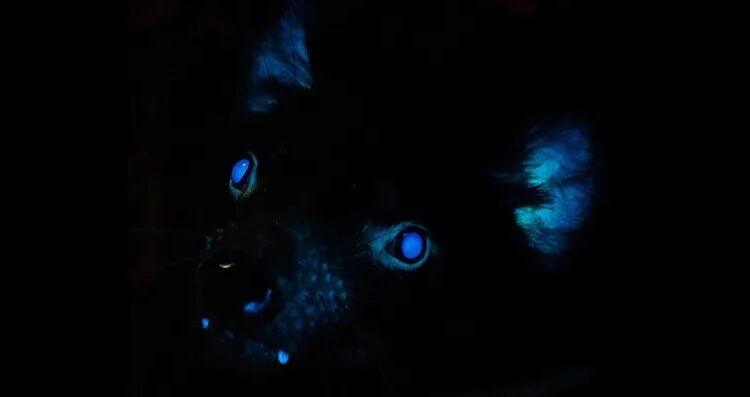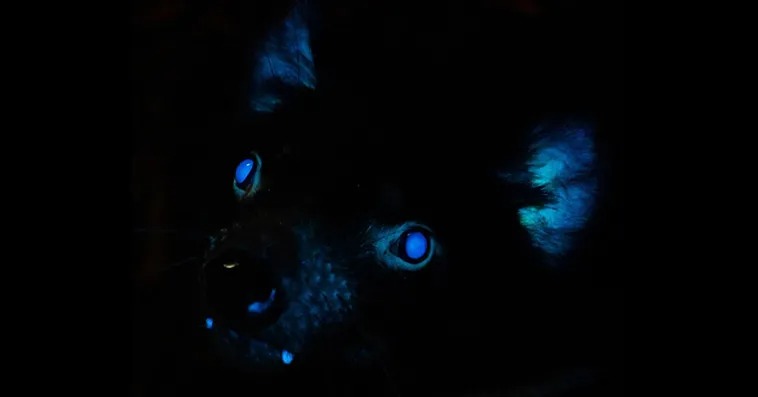
The first documented example of biofluorescence in Tasmanian devils was reported by the Toledo Zoo in Ohio. The phenomenon of biofluorescence occurs when a living creature absorbs light and reemits it in a different hue. The Tasmanian devil, it turns out, shines in UV light as well. And it appears to be rather scary.
The first example of biofluorescence in Tasmanian devils has been described.

According to the Toledo Zoo, ‘While it is possible that Tasmanian devils evolved biofluorescence for purposes such as those listed above, it is also possible (though perhaps less exciting) that they do not encounter fluorescence-inducing levels of UV in the wild due to their primarily nocturnal habits. Furthermore, Tasmanian devils and other species with whom they interact (such as predators or prey) may be unable to detect UV radiation or the associated fluorescence.
Even if biofluorescence occurs naturally and is observable by a species, it must also impact their behavior in order to be deemed an useful adaptation. While these findings should be interpreted with caution, one thing is certain: the Tasmanian devil lives up to its name throughout all light spectrums.’

